When the water is warm and contains certain key nutrients, blue-green algae brings brilliant new color to our lakes, ponds, and slow-moving streams. It also brings new life and vitality to our skin, with rejuvenating and anti-aging benefits.
A Little Bit About the Plant Itself
Blue-green algae are actually microscopic organisms called “cyanobacteria” that are naturally present at low numbers in many bodies of water. When they get a lot of sunshine in water that is undisturbed and full of phosphorus or nitrogen, they can form blooms that produce floating “rafts” on the surface, which usually occurs between mid-June and late September.
This is an old plant that has been around for billions of years, with fossils found in Australia dated 3.5 billion years old. It’s used as a source of dietary protein, B-vitamins, beta-carotene and iron, as well as biologically active enzymes, cholorphyll, fatty acids, and neuropeptides. It’s also a good source of arginine, known to build muscle tone, and contains all eight essential amino acids, as well as some copper, magnesium, zinc, and potassium.
Finding the Best Source of Blue Green Algae
Though we typically think of algae as green, it can also be reddish-purple or brown, as several different species of the algae exist. Two of the most common include the “spirulina” species cultured in alkaline fresh water, and “AFA” species naturally grown and harvested in the Upper Klamath Lake in Oregon.
The blue-green algae for Annmarie Skin Care products comes from Klamath Lake. Annmarie and her husband Kevin spent a few days at the lake and they felt it was a magical place. The views of two nearby volcanoes are breathtaking, and the historic activity of those volcanoes is one of the reasons why the algae is so nutritious.
Early Evidence of Internal Health Benefits
So far, there are only a few human studies to prove the health benefits of blue-green algae. Promoters claim it helps with conditions like allergies, depression, digestive problems, a lax immune system, and anemia, and promotes detoxification.
Benefits to the Skin
Because blue-green algae is high in proteins and fatty acids, it helps to lift and tone your look. Second, the fatty acids work down deep to help firm and tighten your appearance.
I explained the action of fatty acid in my article on life everlasting flowers. But what about protein? Protein is made of amino acids, and amino acids are responsible for making your skin look revived and rejuvenated.
Other Benefits
As it is water-based by nature, blue-green algae provides moisturization and purifying hydration, helping to minimize the appearance of fine lines and wrinkles. Research has also found that blue-green algae has properties that make it great for sensitive skin. Finally, because it’s so compatible with the skin’s natural properties, it’s easily absorbed so the skin can make good use of it.
If you want to try out blue-green algae for yourself, check out my Purifying Mud Mask. Lay back and relax for about 15 minutes and let the ingredients go to work for you. I’ll bet you notice an immediate difference in the appearance of your skin!
Have you tried the Purifying Mud Mask? What were your results?
* * *
Sources
Information Bulletin: Blue-green Algae, NYS Department of Health, Center for Environmental Health. http://www.health.ny.gov/environmental/water/drinking/bluegreenalgae.pdf.
Cynobacteria Frequently Asked Questions, Washington State Department of Health, http://www.doh.wa.gov/ehp/algae/faqs.htm.
About Herbs, Botanicals & Other Products, Blue-Green Algae. Memorial Sloan-Kettering Cancer Center. http://www.mskcc.org/cancer-care/herb/blue-green-algae.
Anti-HIV Protein from Blue-Green Algae Also Inhibits Ebola Infection,” National Cancer Institute, http://www.cancer.gov/newscenter/pressreleases/2003/ebola.
Martin M. Kulik, “The potential for using cyanobacteria (blue-green algae) and algae in the biological control of plant pathogenic bacteria and fungi,” European Journal of Plant Pathology, 101: 585-599 (1995). http://ddr.nal.usda.gov/bitstream/10113/45497/1/IND20512371.pdf.
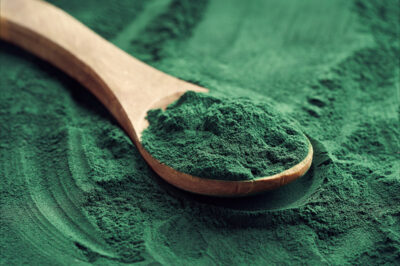

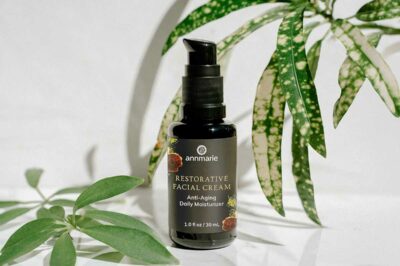


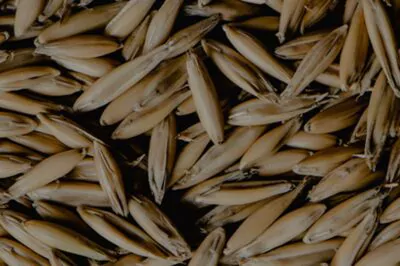
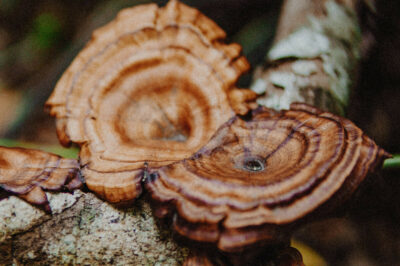
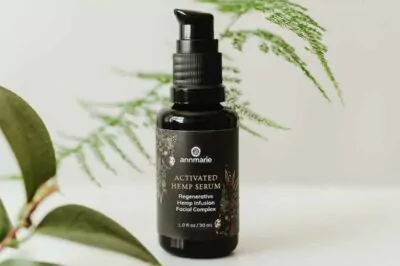
Re algae and acne: The algae that is not good for acneic skin are the sea algae, due to the high levels of iodine. Freshwater bluegreen algae is an entirely different family, and one which can have profound benefits as regards skin cleansing and health. I have worked with it for over 20 years.
As regards bluegreen algae and children: My kids ate it (now in their 30’s); and my grandchildren do as well. HOWEVER, you need to find a source that has 3rd party validation of safety tests (ie, organic, and if possible, even NSF registration to GMP standards). These certifications help you know that the company doing the harvesting is aware of potential contaminants and providing a totally clean and safe product.
Hello!!Is that blue green algae is safe in the health in the children?
This sounds like a great ingredient! However, I’ve heard that algae is bad news in skin care especially for the acne-prone because it rates a 5 on the comedogenic ratings…
https://www.beneficialbotanicals.com/facts-figures/comedogenic-rating.html
It’s weird because you mention it’s great for skin concerns like acne.. Hmm, would love to hear your thoughts on that. Thank you lovely for all the wonderful work you do!